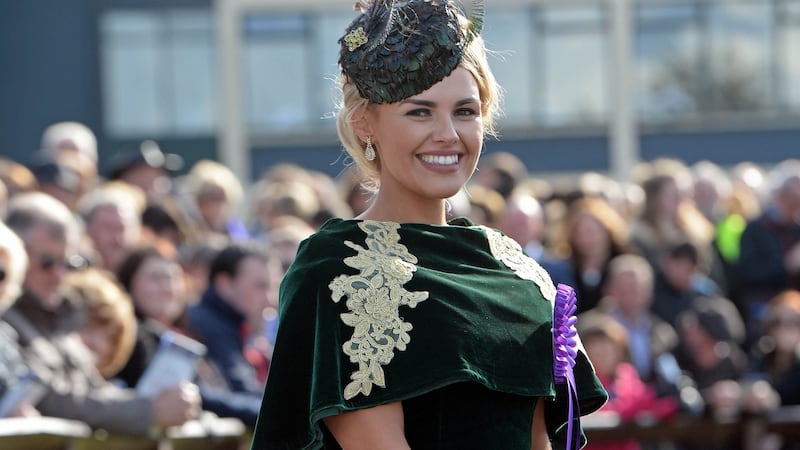There was no repeat of 100 years ago, when many people had to leave the track early to deal with a breaking-news incident back in Dublin. But the 2016 Grand National meeting did involve a ceremonial re-enactment of the 1916 race. And as the Republic of the GPO celebrated its centenary, Fairyhouse joined in the general air of rebellion.
The racecourse “shopping village” hosted an exhibition on the Easter week Battle of Ashbourne. Local history enthusiasts performed military manoeuvres in the parade ring. The best-dressed-lady prize went to Crossmaglen. And in the heart of Meath hunting country, as if to underline the overthrow of the old order, the big race was won by a Fox.
Ger Fox, a jockey from just up the road, rode Rogue Angel to victory, holding off a fierce late challenge from Ruby Walsh and Bless the Wings to be be in front by a flared nostril at the line. In so doing, he crowned an emotional day for the trainer Mouse Morris.

Last June, Morris lost his son Christopher in a suspected carbon-monoxide-poisoning accident in Argentina. Compared with that, sport is a minor thing. But the trainer’s triumph after tragedy added extra warmth to the applause as Fox led his mount back into the winners’ enclosure.
First prize
This year’s first prize, €152,000, compares with the “200 sovereigns” that went to the winner in 1916. For Rogue Angel, there was also the considerable bonus of a lift home in the horsebox, which was more than his predecessor of a century ago enjoyed.
Then, with every vehicle at the track commandeered by a military rushing back to rebel-held Dublin, the winning horse had to be walked back to the stables in Westmeath. It took him five days.
The 1916 race was recreated here, in heavily edited form, and without any fences, less that tempt fate. In the event, a horse called “All Sorts” won again, safely with “Civil War” – the 1914 victor – once more trailing back in fourth.
And although the result was foreordained, it was still an exciting moment for baby-faced jockey Cathal McCormack, a 14-year-old veteran of “five seasons hunting with the Wards” (the local Ward Union), as he said afterwards, who had won his right to sit on the horse in a lottery.
Among those cheering him to victory was 89-year-old Johnny Lynn, son of the jockey who won the real race in 1916. Unlike his father and many other family members, Johnny had not been cut out for horsemanship, and it's just as well or he might never have reached his current age.
Risky
Dangerous as the profession remains today, being a jumps jockey back then must have been at least as risky as being in the GPO. Helmets were not yet part of the equipment. For that and other reasons, the Lynns paid dearly for their 1916 success. Johnny had a brother, an uncle, and a first cousin all killed in racing accidents.
The other re-enactment of Grand National day saw members of the Fingal Old IRA Commemorative Society performing armed manoeuvres in period dress, as a tribute to those who fought and won the Battle of Ashbourne on the Friday of Easter Week.
But in terms of costume, at least, the military manoeuvres were in the halfpenny place compared with those of the competitors in the Most Stylish Lady contest. After a fierce battle, the winner eventually emerged in the form of Emma Hanratty, from Crossmaglen.
Her outfit combined elegance with patriotism – dark green velvet with gold lace trimmings – and struck just the right chord for Fairyhouse 2016, leaving her richer to the tune of an €8,000 voucher for Carton House.

















